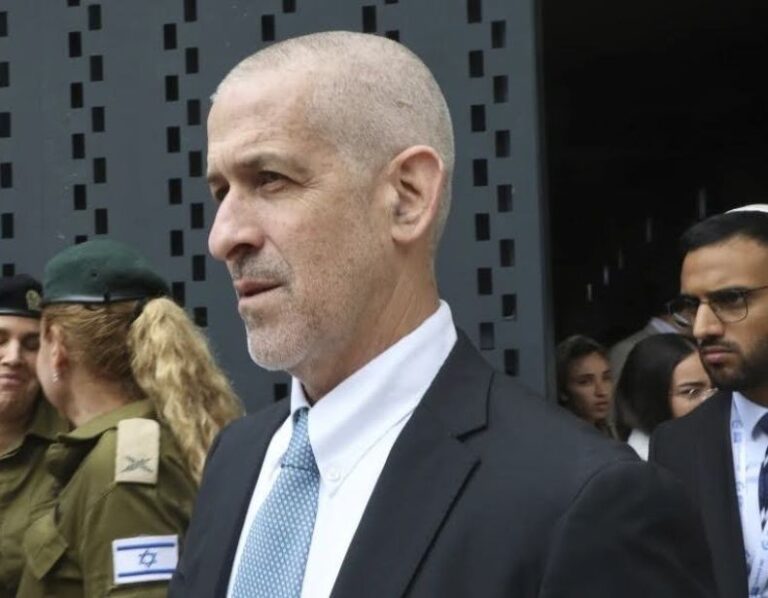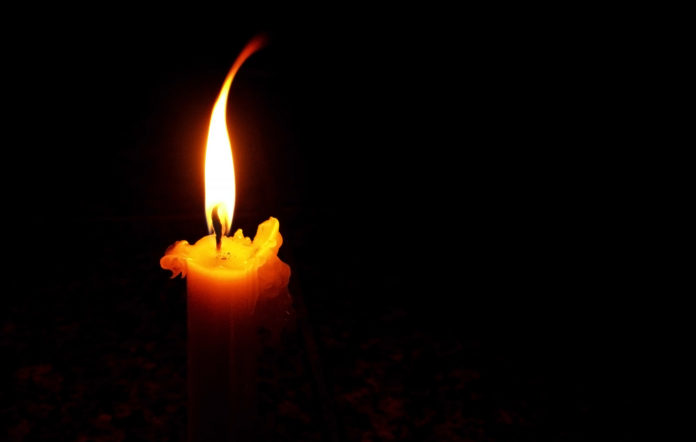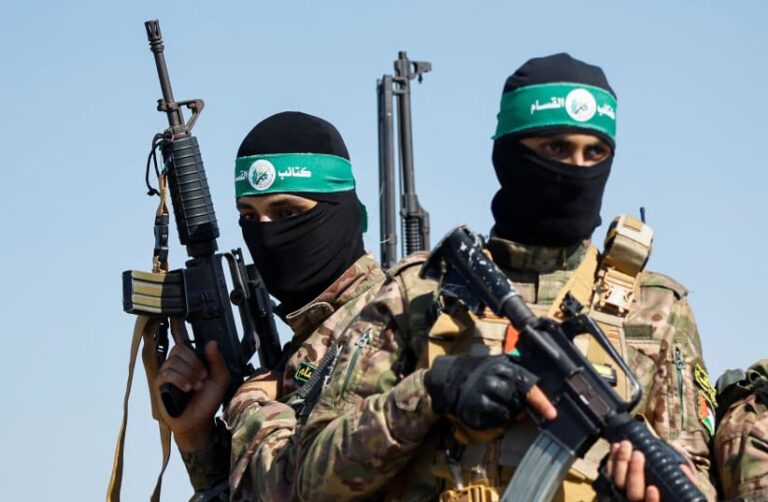The Middle East stands on a knife’s edge as a cascade of developments suggests the United States may be poised to imminently join Israel in a dramatic military strike against Iran’s nuclear program. From fiery rhetoric out of Washington to Houthi aggression in the Red Sea and an unprecedented American military buildup in the region, the pieces of a volatile puzzle are falling into place with breathtaking speed. The question reverberating through diplomatic corridors and military command centers alike: Is this the moment the long-simmering standoff with Tehran erupts into all-out war?
The spark came early Monday morning when President Trump, in a characteristically blunt statement, declared that “further attacks or retaliation by the Houthis would be considered an attack by Iran” and promised “dire consequences” for Tehran. Delivered via his Truth Social platform, Trump’s words were a clear escalation, tying the Iran-backed Houthi militia in Yemen directly to the Islamic Republic’s leadership. His administration has long viewed Iran’s nuclear ambitions as an existential threat, and this latest pronouncement appeared to set a tripwire: any move by Iran’s proxies could unleash a disproportionate American response.
Hours later, that tripwire seemed to snap. The Houthis, undeterred by Trump’s warning, launched a brazen assault on the USS Harry S. Truman, a U.S. aircraft carrier stationed in the Red Sea. According to Houthi military spokesman Yahya Saree, the attack involved 11 drones and a ballistic missile—an audacious bid to challenge American naval supremacy. U.S. Central Command (CENTCOM) reported that none of the projectiles struck their targets, with U.S. fighter jets and ship defenses neutralizing the threat. Yet the symbolism was unmistakable: a direct strike on a U.S. vessel, mere hours after Trump’s ultimatum, has thrust the region into uncharted territory.
The Pentagon’s response was swift and ominous. By midday, the U.S. Department of Defense announced that three American aircraft carriers—the USS Harry S. Truman, USS Dwight D. Eisenhower, and USS Abraham Lincoln—are now en route to the Middle East. This represents an extraordinary concentration of naval power, unmatched in recent years, and a clear signal of intent. Carriers don’t reposition on a whim; their deployment suggests the U.S. is preparing for a major operation, one that could extend far beyond Yemen’s shores to Iran itself.
Adding fuel to the fire, reports emerged today of an American MQ-4C Triton surveillance drone circling for hours near Bushehr, Iran—a coastal city home to one of Iran’s key nuclear installations. The Bushehr facility, a cornerstone of Tehran’s nuclear energy program, has long been suspected by Western intelligence of serving as a cover for weapons development. The Triton, a high-altitude UAV designed for long-endurance reconnaissance, was tracked by aviation monitors hovering perilously close to Iranian airspace—a provocative move that Tehran is unlikely to ignore. Is this a final intelligence sweep before a strike?
These developments come against a backdrop of growing U.S.-Israel coordination. Israeli officials have repeatedly vowed to prevent Iran from acquiring a nuclear bomb, and recent intelligence suggests Jerusalem is gearing up for action. U.S. military support has been pivotal in defending Israel against Iranian attacks during the Gaza war, and whispers in Washington indicate that Israel has sought American backing for a potential strike on Iran’s nuclear sites. With Trump’s administration re-designating the Houthis as a terrorist organization and imposing fresh sanctions on Iran, the groundwork for a joint operation may already be laid.
But the Houthi attack could be the match that lights the fuse. By framing it as an Iranian-orchestrated provocation, Trump has a casus belli to pivot from Yemen to Tehran. His Monday statement explicitly blamed Iran for “dictating every move” and “supplying [the Houthis] with money and highly sophisticated military equipment.” If the White House deems this latest assault a direct challenge to U.S. resolve, the response could extend beyond retaliatory strikes in Yemen to a broader campaign targeting Iran’s nuclear infrastructure.
Critics, however, warn of a dangerous miscalculation. Iran has denied direct involvement in the Houthi attack, and its Foreign Ministry condemned U.S. airstrikes on Yemen as “brutal aggression.” Tehran’s air defenses, though battered by past Israeli strikes, remain formidable, and its proxies across the region—Hezbollah in Lebanon, militias in Iraq—could unleash chaos in retaliation. A strike on Bushehr or other nuclear sites risks igniting a full-scale regional war, with consequences that could dwarf the Gaza conflict.
Yet the Trump administration shows no signs of blinking. Secretary of State Marco Rubio, speaking to reporters on Monday, called the Houthi attack “a powerful and clear message” that demands a response, hinting at sustained military action. The deployment of three carriers, coupled with the MQ-4C’s presence near Bushehr, suggests the U.S. is not just posturing—it’s preparing. And with Israel reportedly itching to act, the stars may be aligning for a historic confrontation.
(YWN World Headquarters – NYC)












3 Responses
Whoa
News is like the weather
Saying something is on the horizon is like saying “there’s a 70% chance of rain”
It might not rain just like war might not happen
Bombing Iran’s nuclear facilities is not something the US would do as a 1st step since the point is 1. for Iran to begin to understand they will now start to suffer consequences for their actions, and 2. to demonstrate to Iran that the US has the power and resolve to dictate its terms. Instead destroying 1 or more of their gas or oil fields would demonstrate this to Iran, and that if it doesn’t start complying with US demand the rest of their oil and gas fields along with their petro chemical plants will be destroyed.
The destruction of their gas and oil fields along with their petro chemical plants will utterly decimate Iran’s economy along with its ability to create power, sending it back to the stone age. In fact the threat to do so will be more effective in dismantling their nuclear program than bombing their nuclear facilities. Because this will force Iran to dismantle their program themselves to the satisfaction of outside inspectors along with them giving up the highly enriched material they already have.
On the other hand bombing their facilities where they have thousands of centrifuges enriching material won’t prevent Iran from building a few bombs, which they can still easily do by enriching the 60% enriched material they have to 90% which is an easy task that they can do with either older centrifuges or with new ones they already know how to build. So the idea that bombing their nuclear facilities will prevent them from building a bomb while they will still retain their highly enriched material is simply not true.